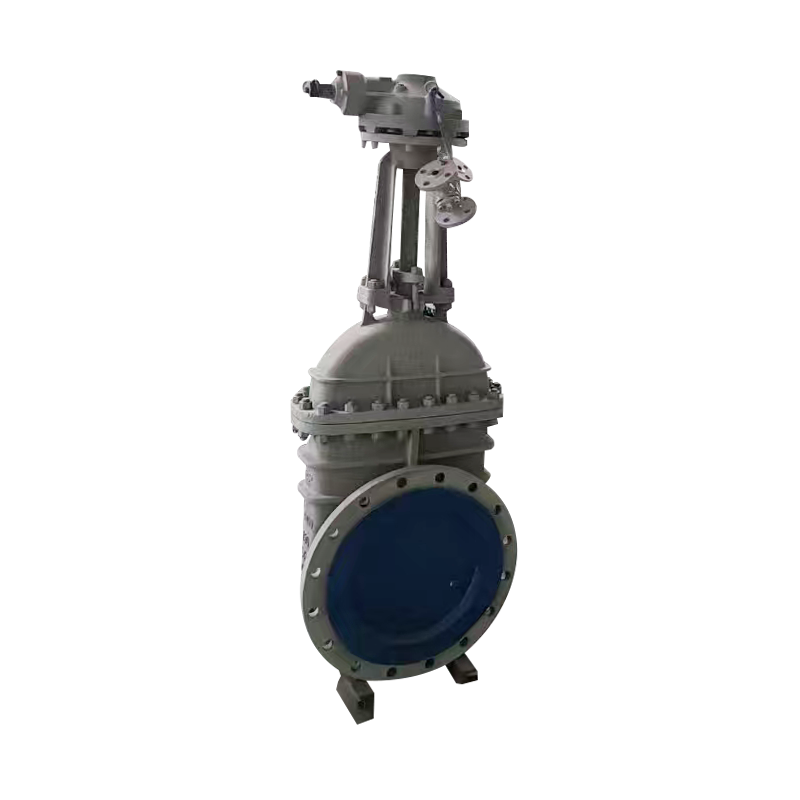
The quarter turn gate valve is a type of valve designed for efficient shut-off and flow control in piping systems. Unlike traditional gate valves that require multiple turns of the handwheel to operate, a quarter turn gate valve can open or close with a 90-degree rotation. This feature makes it convenient in applications where fast actuation is necessary.

These valves are commonly used in water supply, gas pipelines, and industrial systems where reliability and quick control are priorities. Due to the simple turning mechanism, they can be automated easily with actuators, making them suitable for systems that require remote or timed operation. Their compact design allows them to fit into tight spaces, reducing installation complexity.
Quarter turn gate valves are typically made from durable materials such as stainless steel, brass, or carbon steel, which ensures a long service life in various environments. They are especially effective in low to medium pressure systems where full shut-off is more important than throttling accuracy. One of their strengths is the minimal friction during operation, which contributes to less wear and easier maintenance.
The price of a right angle gate valve varies depending on several key factors such as size, material, pressure rating, and manufacturer. Typically, these valves are priced higher than standard gate valves due to their specialized configuration and application-specific design.
For a basic carbon steel right angle gate valve in a smaller size range (e.g., DN50–DN100), the price may start from around $150 to $300. As the size increases or if higher-grade materials such as stainless steel or special alloys are used, prices can easily exceed $500 and reach over $1,000 for larger models. Additional features such as electric or pneumatic actuation, corrosion-resistant coatings, or custom manufacturing can further influence the cost.
Right angle gate valves are often used in systems where space constraints or piping layouts require a 90-degree turn in the flow path. This specific geometry demands a more complex body structure compared to straight-through designs, which is one reason for the higher cost. Despite this, the valve's ability to handle high flow volumes and pressure levels makes it a valuable choice for many industrial processes.
Ultimately, the price of a right angle gate valve reflects its construction quality, operational features, and application suitability. Buyers should consider both short-term budget and long-term performance when making purchasing decisions.
The square butterfly valve is visually distinct from conventional round-bodied valves, featuring a square or rectangular outer casing. This unique shape is designed primarily for integration with square or rectangular ducting systems, commonly found in HVAC, ventilation, and bulk material handling industries.
In terms of structure, the valve typically includes a central rotating disc mounted on a shaft, which operates in a similar fashion to standard butterfly valves. The square housing surrounds this disc and connects easily to flat-surfaced ductwork or rectangular piping systems. The flat surfaces of the square body provide uniform sealing contact, which helps minimize air or material leakage during operation.
Material-wise, square butterfly valves are generally manufactured using mild steel, stainless steel, or aluminum, depending on the application environment. They may also be coated with anti-corrosive finishes or linings when used in chemically active or moist conditions.
Visually, these valves appear more industrial and functional than decorative. The square form may include visible flanges or bolt holes for mounting, and some models feature integrated handles, gearboxes, or actuators for operation. Despite their simple design, the square butterfly valve is engineered for durability and ease of installation.

